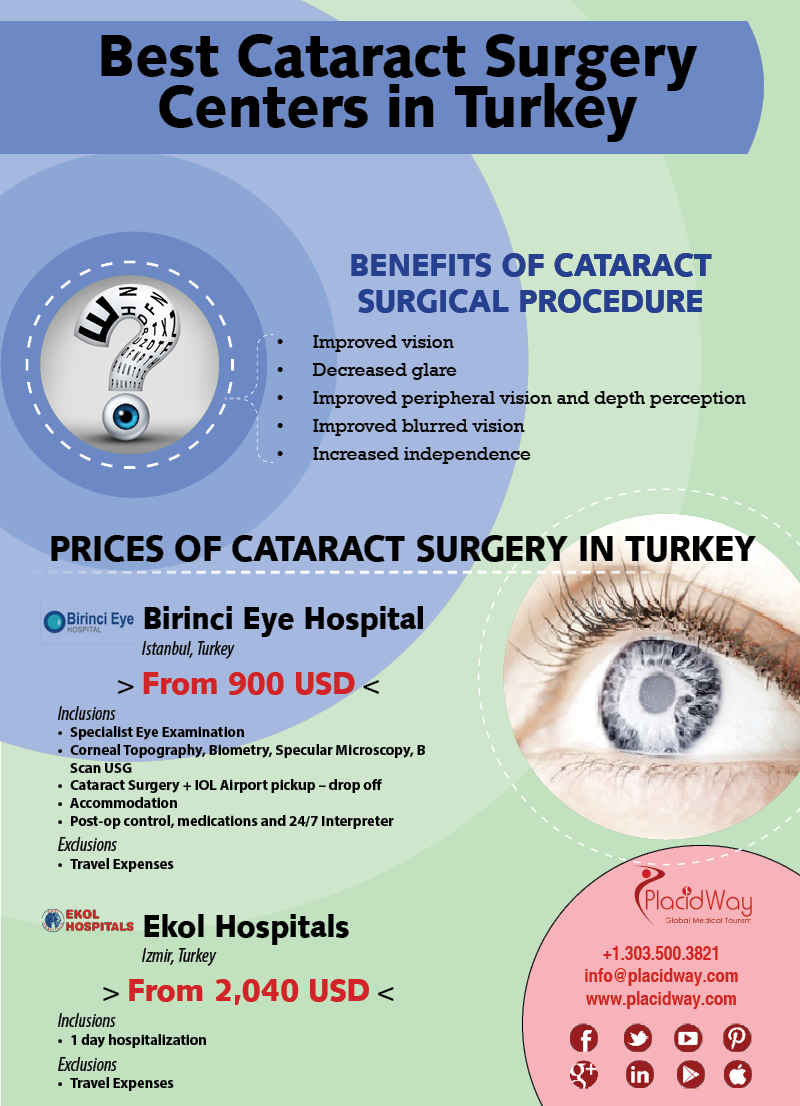What Are The Distinctions And Resemblances In Between SMILE Eye Surgery And LASIK And PRK?
What Are The Distinctions And Resemblances In Between SMILE Eye Surgery And LASIK And PRK?
Blog Article
Staff Author-Adler Vincent
If you've been taking into consideration SMILE eye surgical treatment, you may wonder how it stacks up against LASIK and PRK. Each procedure has its very own set of benefits and considerations. From quicker recovery times to prospective risks, there are vital differences you need to know prior to choosing. Comprehending these differences will help you make an informed selection that straightens with your particular needs and expectations. Curious to understand even more concerning just how these procedures contrast carefully? Go on checking out to get a detailed understanding of SMILE, LASIK, and PRK.
SMILE Eye Surgical Procedure Introduction
If you're thinking about SMILE eye surgical procedure, you'll discover it to be a minimally invasive procedure with a quick recuperation time. Throughout SMILE (Little Cut Lenticule Extraction), a laser is utilized to develop a little, exact cut in the cornea to remove a tiny item of tissue, reshaping it to fix your vision. This differs from LASIK, where a flap is developed, and PRK, where the outer layer of the cornea is totally eliminated.
Among the crucial benefits of SMILE is its minimally invasive nature, causing a faster healing procedure and less pain post-surgery. The healing time for SMILE is reasonably quick, with many people experiencing boosted vision within a day or 2. This makes it a popular option for those seeking a convenient and efficient vision correction treatment. Additionally, SMILE has been shown to have a reduced danger of dry eye disorder contrasted to LASIK, making it a positive alternative for individuals concerned regarding this prospective side effect.
Differences Between SMILE, LASIK, and PRK
When comparing SMILE, LASIK, and PRK eye surgical procedures, it's important to comprehend the distinct techniques used in each treatment for vision correction.
SMILE (Small Cut Lenticule Removal) is a minimally intrusive treatment that entails creating a little cut to draw out a lenticule from the cornea, reshaping it to fix vision.
LASIK (Laser-Assisted In Situ Keratomileusis) involves producing a thin flap on the cornea, utilizing a laser to reshape the underlying cells, and afterwards rearranging the flap.
PRK (Photorefractive Keratectomy) gets rid of the outer layer of the cornea before improving the cells with a laser.
The primary distinction depends on the way the cornea is accessed and dealt with. SMILE is flapless, making it a great option for individuals with slim corneas or those involved in get in touch with sporting activities. cataract surgery black spots because of the flap development, but it might present a greater threat of flap-related issues. PRK, although having a longer recuperation duration, avoids flap-related issues altogether.
Understanding these variations is vital in picking the most appropriate treatment for your vision modification requirements.
Benefits And Drawbacks Contrast
To examine the benefits and drawbacks of SMILE, LASIK, and PRK eye surgical procedures, it's essential to think about the specific benefits and prospective constraints of each treatment. SMILE surgical procedure uses the advantage of a minimally invasive treatment, with a smaller sized cut and potentially quicker recuperation time contrasted to LASIK and PRK. It additionally lowers the threat of completely dry eye post-surgery, an usual side effect of LASIK. However, LASIK Risks And Side Effects may have limitations in treating greater levels of nearsightedness or astigmatism compared to LASIK.
LASIK surgery gives quick aesthetic recovery and minimal discomfort during the procedure. It's highly efficient in treating a vast array of refractive mistakes, including nearsightedness, hyperopia, and astigmatism. Yet, LASIK lugs a risk of flap difficulties, which can affect the corneal structure.
PRK eye surgery, while not as prominent as LASIK, avoids creating a corneal flap, lowering the risk of flap-related complications. It's suitable for patients with slim corneas or uneven corneal surface areas. Nonetheless, PRK has a longer recovery time and may include extra pain throughout the healing process.
Click Webpage , when it pertains to selecting between SMILE, LASIK, and PRK, think about it like selecting the ideal set of shoes. SMILE is like a smooth, comfy pair of sneakers - fast and simple.
LASIK is extra like trendy high heels - showy and quick, yet with some possible risks.
PRK resembles tough hiking boots - reputable and durable, however calling for a bit more time and effort.
Ultimately, the most effective choice depends on your individual requirements and choices.
